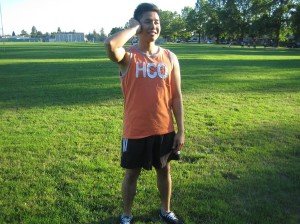Barotrauma is characterized as pain or damage to the eardrum due to abrupt changes in the air pressure. The eardrum is responsible for separating the ear canal and the middle ear. In case the air pressure in the ear canal and in the middle ear rapidly change or unequal, the eardrum can end up damaged.
Essentially, the Eustachian tube which links the middle ear and the rear of the nose helps in maintaining equal pressure on both sides of the eardrum by allowing the external air to enter the middle ear. Once the external air pressure abruptly changes, air has to move via the Eustachian tube to equalize the pressure in the middle ear.
In case the Eustachian tube is partially or fully blocked due to scarring, infection, tumor, allergy or common cold, air could not travel in and exit the middle ear. The ensuing difference in the pressure triggers pain and hearing loss and might lead to bruising of the eardrum or even trigger it to break and bleed. If the difference in the pressure is significant, the oval window can also break which enables fluid from the inner ear to drain into the middle ear.

Management
If there are abrupt changes in the pressure that causes a sensation of pain or fullness in the ear, the pressure in the middle ear can be equalized as well as relieving the discomfort with several measures.
In case the external pressure is dropping such as an ascending plane, the individual can breathe with the mouth open, chew on gum, yawn or swallow.
Any of these measures can open up the Eustachian tube and release air from the middle ear. In case the external pressure is increasing such as during a descending plane or diving deep underwater, the individual should pinch his/her nose shut, keep the mouth closed and try to gently blow out via the nose. This forces the air via the blocked Eustachian tube.
Preventive measures
Individuals who have an infection or an allergy that affects the nose and throat might experience discomfort while travelling by plane or diving. These activities must be avoided until the allergy or infection is properly controlled.
In case these activities could not be avoided, a decongestant should be used 30-60 minutes before descent or ascent to alleviate the congestion as well as open up the Eustachian tubes to normalize the pressure on the eardrum.
